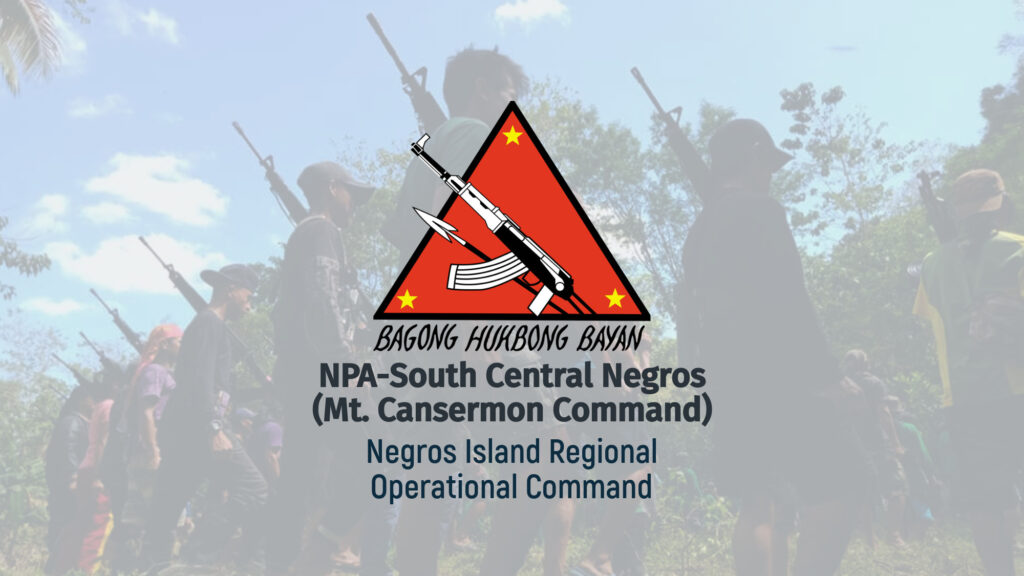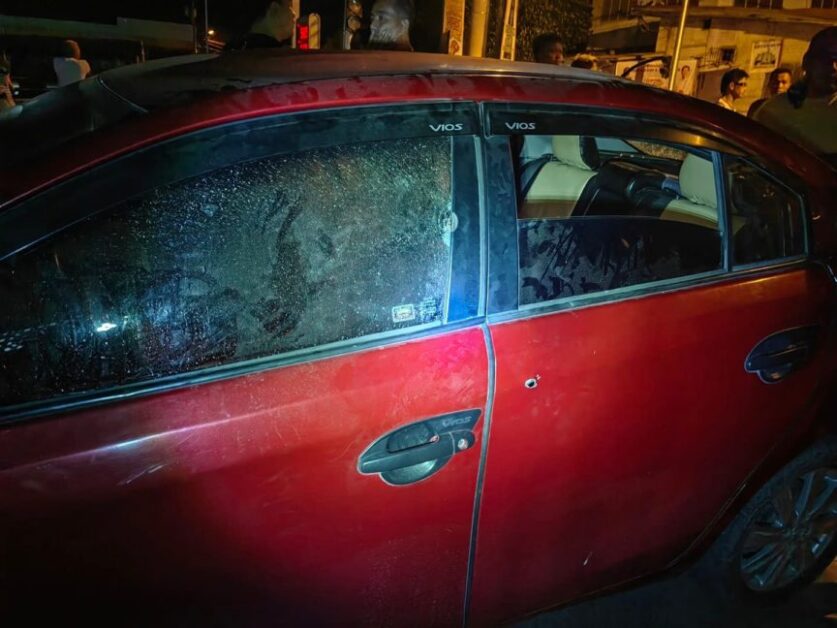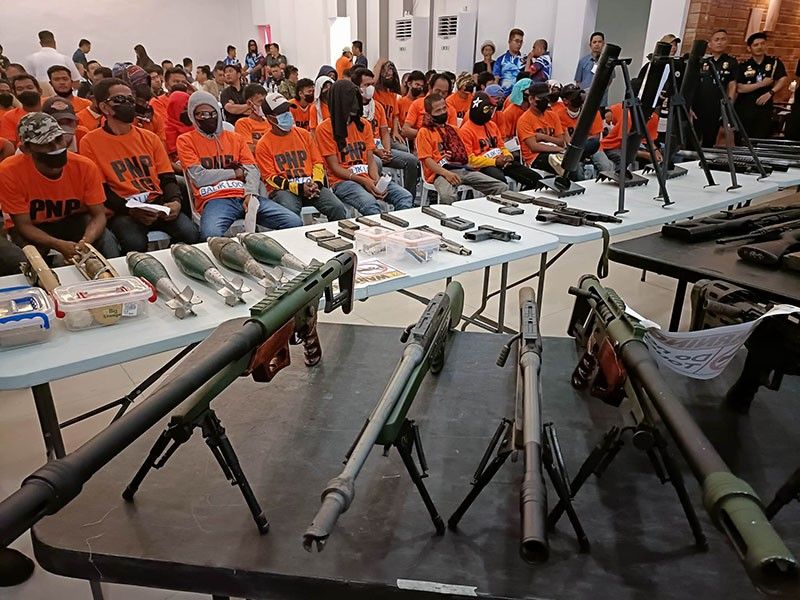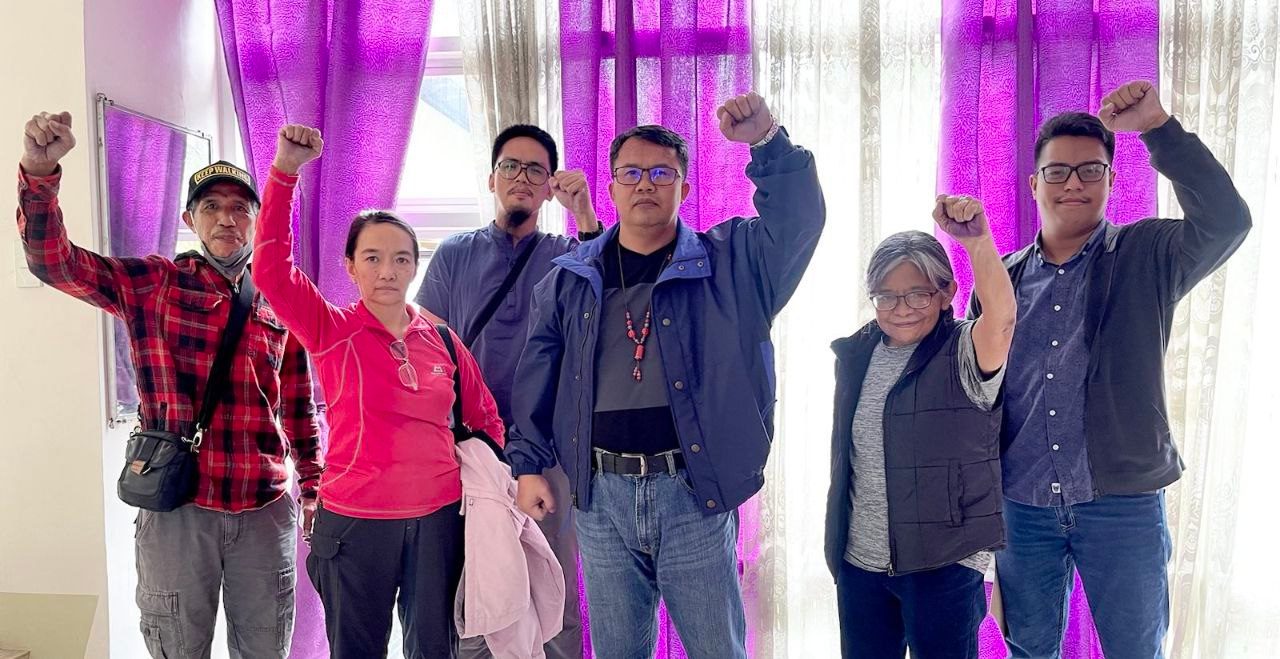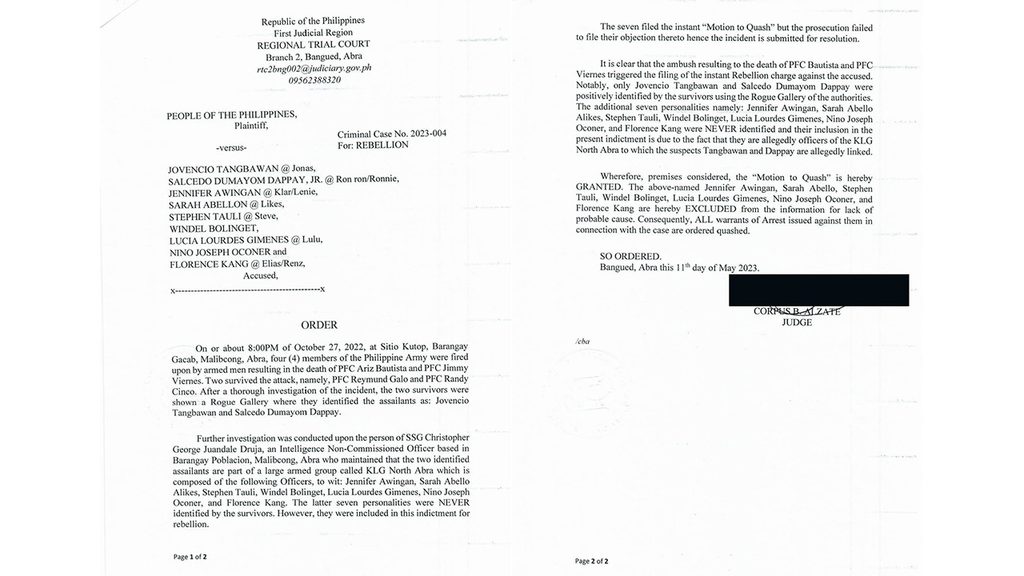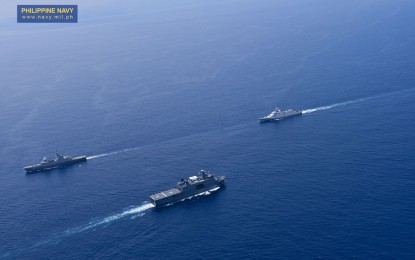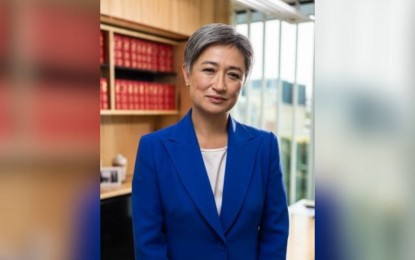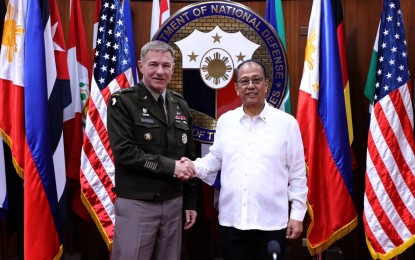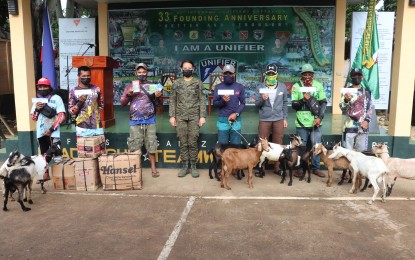From The Times of India (May 12, 2023): US-Philippines ties: From military partnership to the comprehensive strategic defence alliance (By SD Pradhan)
Notwithstanding the Philippines’ wavering policy in the past, the current approach reflects that the Philippines has firmly moved closer to the US. President of the Philippines Marcos, during his visit to the US, met President Biden and discussed the bilateral relations amid the increasing tension in the South China Sea (SCS)/West Philippines Sea (WPS). He also paid a visit to the Pentagon, where he and Austin, the US Secretary of Defense, Austin discussed the strengthening of defence ties and modernisation of the Philippines’ forces aimed at developing additional maritime capabilities.
While Austin reiterated the United States’ ironclad commitment to the Philippines under the Mutual Defense Treaty (MDT) stating that this treaty ‘applies to armed attacks on our armed forces, coast guard vessels, public vessels, or aircraft in the Pacific, including anywhere in the South China Sea or elsewhere in the region,’ Marcos declared that his visit will push up the efforts to strengthen relationships between the two nations.
In April, the two nations held “two-plus-two” talks with defence and foreign affairs leaders in Washington. According to the US Department of Defense website, the two militaries are deepening coordination and interoperability at all levels. Recently, the Balikatan exercise was hosted in the Philippines. It was the largest Balikatan exercise in history with 17,000 troops from the Philippines, the United States and Australia.
Crucially, the two countries established ‘the Bilateral Defense Guidelines’ to modernise and strengthen the alliance. They address both conventional and non-conventional security challenges of their shared concern. This document, mentioning the importance of the past defence agreements between the two countries since 1952, stated that the alliance has evolved from a military partnership to a comprehensive strategic defence alliance that institutionalised policy-level consultations through the inauguration of the Bilateral Strategic Dialogue (BSD) in 2011 and the Two-Plus-Two (2+2) Ministerial Consultations in 2012.
There were five important dimensions in the guidelines. First, the two sides agreed to have a system for close cooperation in the decision-making process. They agreed to develop “adaptable decision-making processes and effective communication procedures to support flexible, timely, and effective bilateral coordination and action tailored to each situation through interagency coordination.”
Second, they agreed to broaden information sharing on the principal threats and challenges confronting the alliance to identify at the earliest possible stage. They stressed the real-time intelligence sharing to support deeper interoperability and operational coordination.
Third, the two sides agreed to provide financial assistance for the procurement of interoperable defence platforms by the Philippines from the US. The US agreed to expand investments in non-materiel defence capacity building in the form of education and training exchanges.
Fourth, the two countries decided to improve cyber defence and cyber security cooperation to secure critical infrastructure and build protection against attacks emanating from state and non-state actors. This aspect is important as the Chinese-sponsored cyber-attacks are on the increase.
Fifth, they agreed to enhance cooperation in countering terrorism to deter the perpetrators and address the root causes of radicalisation and violence. They agreed to capacity-building activities to respond to chemical, biological, radiological, and nuclear-related (CBRN) attacks as well as to counter the proliferation of weapons of mass destruction (WMD) through efficient information sharing.
In addition, according to the US, Marcos and Austin discussed plans to swiftly operationalize the four new EDCA (Enhanced Defense Cooperation Agreement) sites in Northern Luzon and Palawan. These new sites will enable combined training, exercises, and other cooperative activities – including to support the U.S. and Philippine Armed Forces’ (AFP) maritime security, maritime domain awareness, and humanitarian assistance and disaster relief capabilities – to address a range of shared challenges in the Philippines and across the Indo-Pacific.
Significantly, the US and the Philippines agreed to press for the implementation of the PCA Ruling. Marcos and Austin also discussed ways to coordinate more closely with like-minded nations—including Australia and Japan—to strengthen shared principles, including the rule of law, freedom of the seas, and respect for territorial sovereignty. They reaffirmed the United States and the Philippines’ enduring commitment to stand shoulder-to-shoulder as allies to bring greater security, prosperity, and stability to the Indo-Pacific region and beyond.
The above reflects enduring relationship is emerging between the two counties. While most other countries in the region are maintaining either a balanced approach between the US and China or are moving closer to China, this country has adopted a different approach. The close ties between the US and the Philippines and availability of new sites certainly help the US operationally in taking necessary steps against China. The US-Philippines alliance has been made stronger and they may soon start joint patrolling in the SCS. Besides, the US-Japan-South Korea alliance and AUKUS are there in the SCS. Whether they deter China or not only time will tell. However, China will have to keep these alliances in its calculus while making aggressive moves toward the Philippines or other countries in the region. Simultaneously, the demand for a legally binding Code of Conduct (CoC) is growing. Indonesia, Vietnam, and the Philippines are pressing for it.
[S D Pradhan has served as chairman of India's Joint Intelligence Committee. He has also been the country's deputy national security adviser. He was chairman of the Task Force on Intelligence Mechanism (2008-2010), which was constituted to review the functioning of the intelligence agencies. He has taught at the departments of defence studies and history at the Punjabi University, Patiala. He was also a visiting professor at the University of Illinois, US, in the department of arms control and disarmament studies. The ministry of defence had utilized his services for the preparation of official accounts of the 1971 war and the counterinsurgency operations in the northeast. In the JIC/National Security Council secretariat, he was closely involved with the preparation of the reports of the Kargil Review Committee and the Group of Ministers on national security as also with the implementation of their recommendations. His publications include two books and several articles.]https://timesofindia.indiatimes.com/blogs/ChanakyaCode/us-philippines-ties-from-military-partnership-to-the-comprehensive-strategic-defence-alliance/









